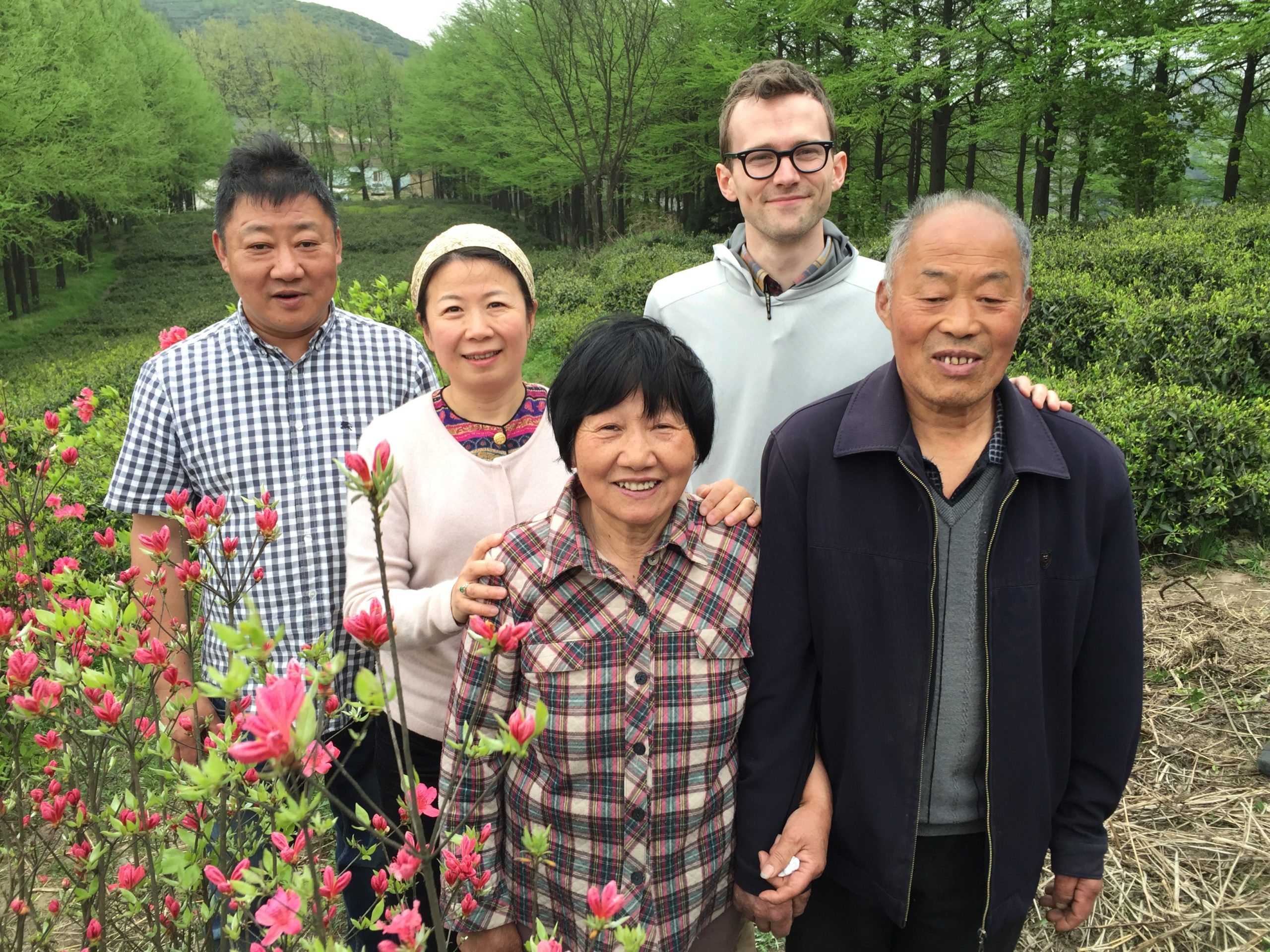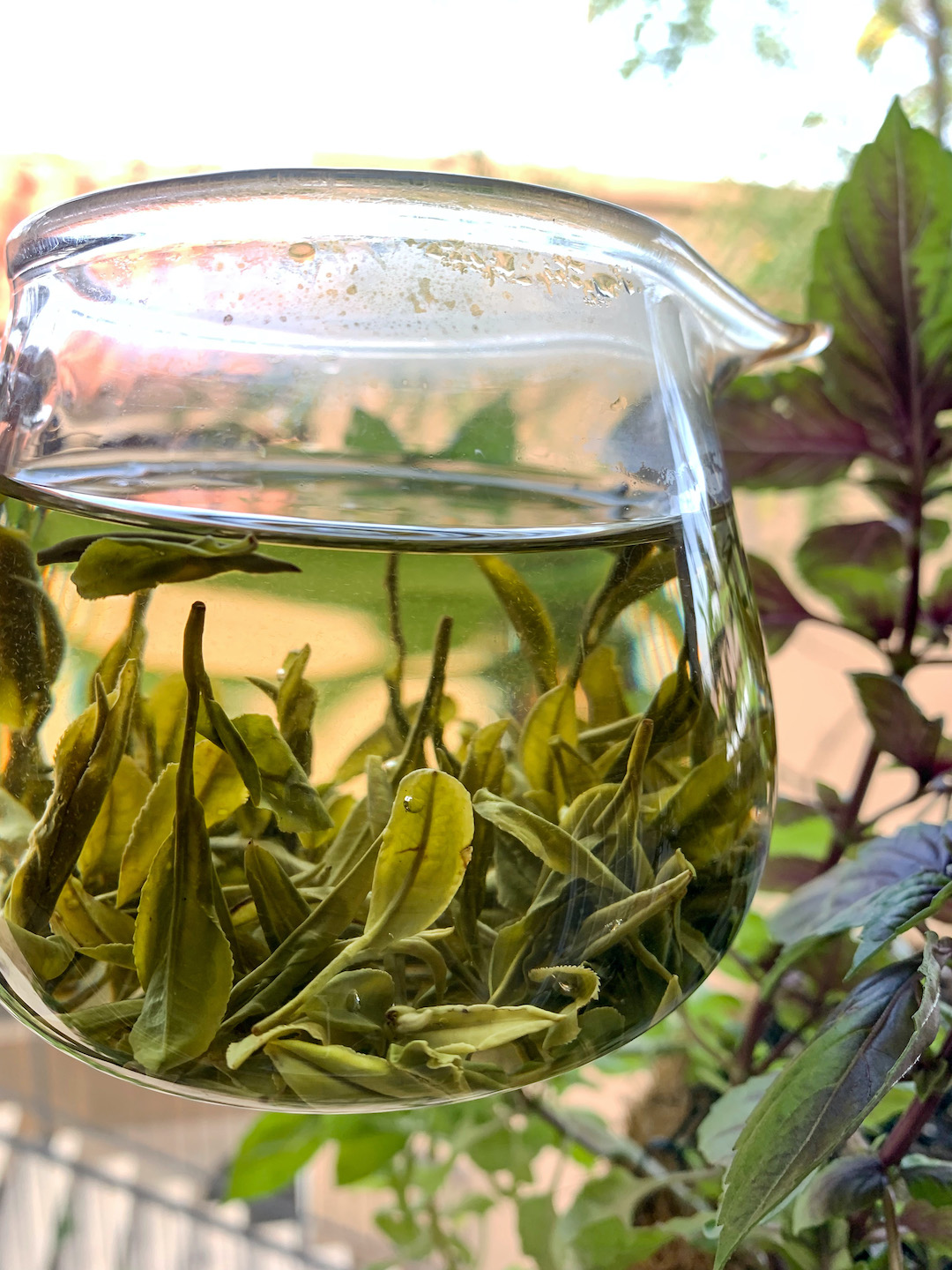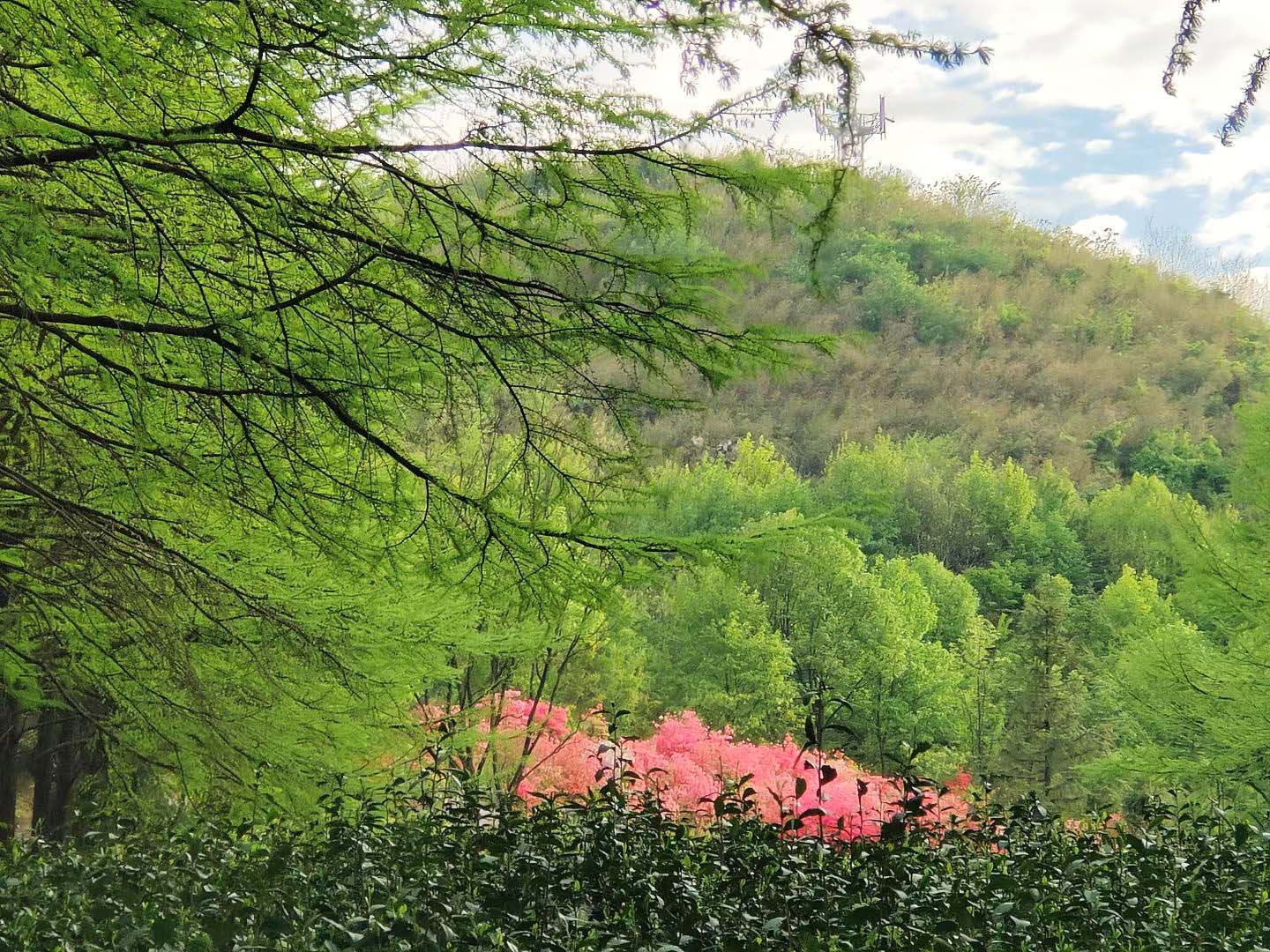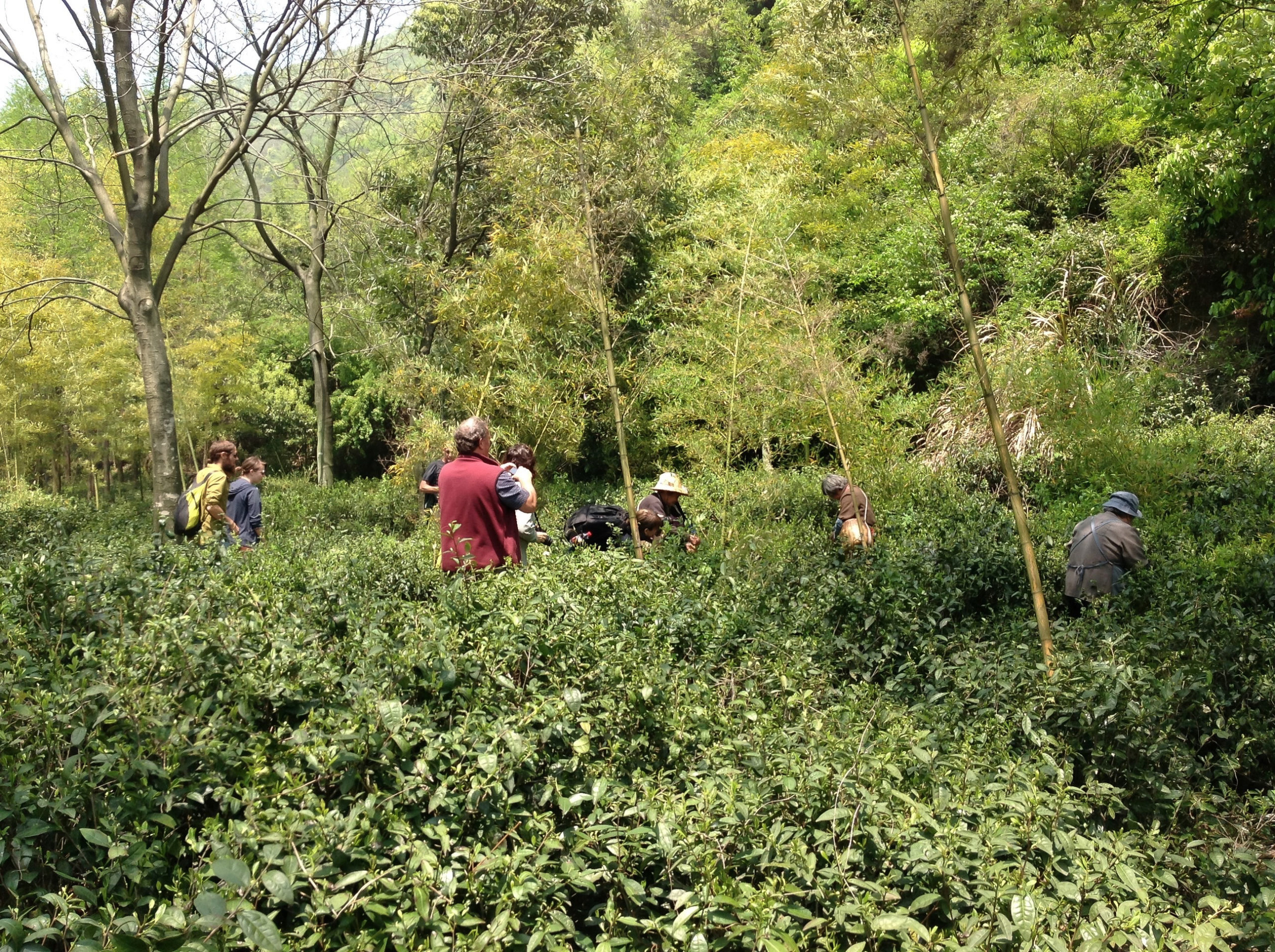Newsletter Archive Oct. 15, 2021

People often ask us which tea is our personal favorite. Depending on the day and which one of us is talking, you’ll get one of 100 different answers. This may seem like a cop-out, but we drink it all. If we don’t like it, how could we expect you to like it?
That said, some teas hold a special place in your heart. For many of us at Seven Cups, it’s teas from China’s Zhejiang Province that have an extra sentimental pull. It was a Zhejiang green tea that got Austin interested in Chinese tea back in the 1990s. Support from tea makers and researchers in Zhejiang helped Zhuping and Austin establish Seven Cups’ early network of sources. Andrew’s first visit to a Chinese tea garden was in Zhejiang. There’s a lot of memories in this origin and the flavor of its teas. You can get to know this special origin, too, with two call-backs to this year’s early spring: Mogan Huangya yellow tea and Guzhu Zisun (Purple Bamboo Shoot) green tea. Both teas are from Zhejiang Province.

Part of why these teas are so special to us is the exceptional circumstances behind them. Both of these teas are produced by small family-held farm operations in northern Zhejiang province, the head tea maker of both teas is the family matriarch.
There’s something exceptional about the land these teas grow on, too. On both farms, tea bushes share their soil with an abundance of diverse plants. The tea bushes that yield Purple Bamboo (fitting to its name) grow within a bamboo forest. When you visit this garden in the springtime, you’ll not only be treated to delicious tea but also succulent bamboo shoots freshly pulled from the earth and cooked by head tea maker Ms. Pei herself. For Mogan Huangya, tea bushes enjoy a canopy of pine and green apricot, and undergrowth of wild strawberry. There’s even a hedge of red azalea smack dab in the middle of Ms. Wang’s garden.

Like Proust and his madeleine, the flavors of these teas bring our own memories of these places and people into sharp focus. When you taste these teas, you’ll bring or make your own memories too — different, yes, but just as real and affecting. That’s the other challenge of recommending a favorite. A cup of tea easily becomes so personal and nostalgic. It’s safe to say, though: we like these teas. We think you will too.

